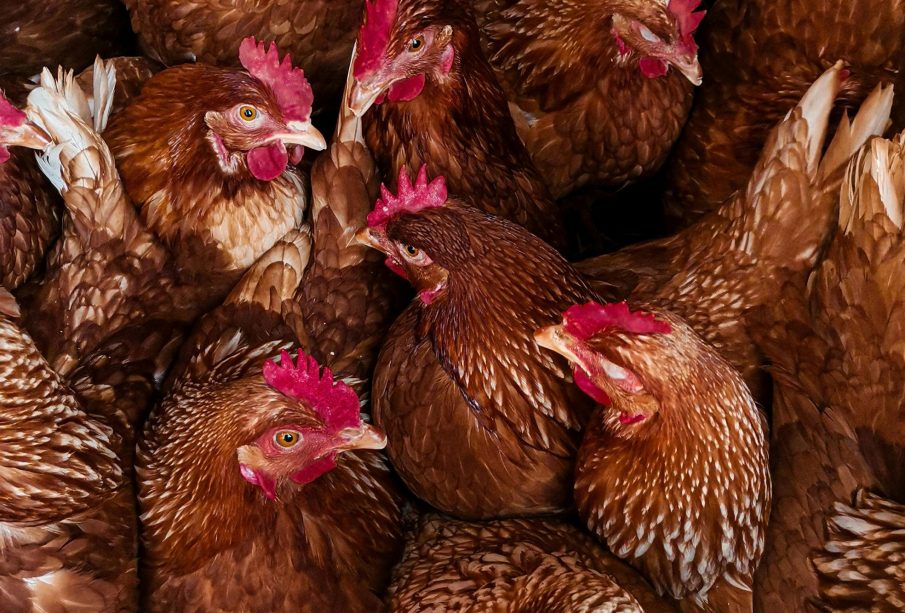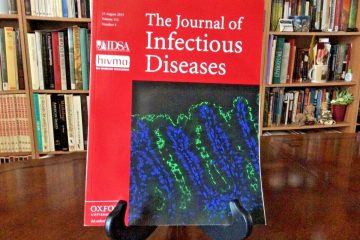Understanding the Impact of Current Bird Flu Outbreaks

Introduction
Bird flu, or avian influenza, has garnered significant attention recently due to its potential impact on both poultry and human health. With outbreaks reported across various regions, understanding the implications of these occurrences is crucial for public health and the agricultural sector. This year’s surge in bird flu cases has prompted governments and health organizations to take proactive measures to mitigate risks.
Recent Outbreaks and Their Consequences
In recent months, outbreaks of bird flu have been confirmed in several countries, including the United Kingdom, the United States, and various European nations. Notably, the H5N1 strain has shown increased virulence, impacting not just domestic poultry but also wild birds and other species. In the UK, poultry farmers have been recommended to implement biosecurity measures to prevent the spread of the virus, which has resulted in culling affected flocks to control outbreaks.
In the United States, the Centers for Disease Control and Prevention (CDC) reported an uptick in bird flu cases, with significant losses observed within the poultry industry. According to the USDA, over 50 million birds have been destroyed as a precautionary response this year alone. This has led to a substantial rise in chicken and egg prices, stirring concerns over food security and economic repercussions on farmers.
Health Risks and Precautions
While bird flu primarily affects birds, human transmission is a concern, although it remains rare. Reports of human cases associated with close contact with infected birds have been noted, prompting health officials to monitor and evaluate risks carefully. The World Health Organization (WHO) has emphasised the importance of monitoring and surveillance, particularly as seasonal changes may affect migratory bird patterns, potentially exacerbating outbreaks.
Individuals are encouraged to avoid direct contact with wild birds and to follow local guidelines on fowl handling. The ongoing monitoring efforts are essential to prevent any spillover into human populations.
Conclusion
The recent bird flu outbreaks pose a significant challenge to public health and the agricultural industry. With increasing cases, vigilance, and preparedness are key to controlling the spread of this virus. As research continues on avian influenza, it is crucial for both health authorities and the public to remain informed about the risks and best practices to mitigate potential impacts. Understanding the patterns of bird flu will be pivotal in formulating effective strategies for future outbreaks.








